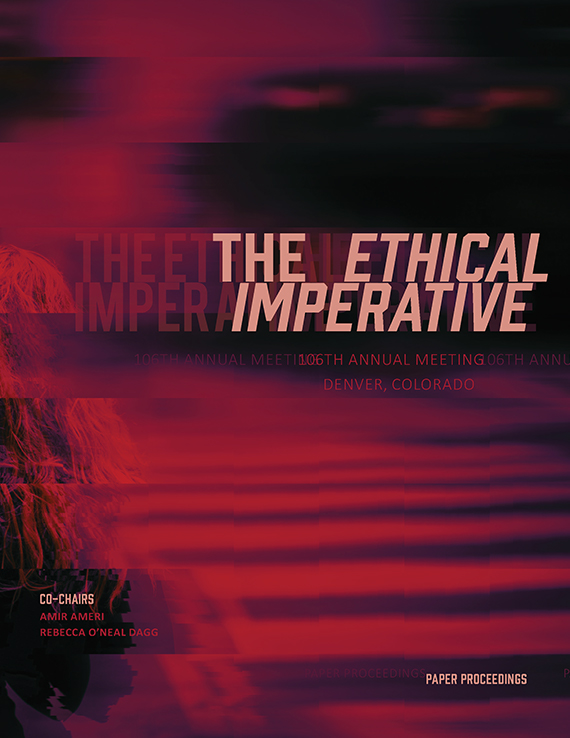Author(s): Gabriel Kaprielian
The contemporary practice of designing the built environment is dominated by a top-down approach that imposes rules and boundaries from above, favoring grid-based geometries and hard edges, regardless of the latent potential in the landscape. By not working with the place-specific landscape in the design process, we have been altering the environment in uniformed ways that have led to generic urban form, ecological degradation, and cities that lack resilience and adaptability in the face of growing threats from climate change. We are unlikely to fix the problems of cities by using the same toolbox that got us there in the first place. It is time to define a new approach that begins with a knowledge of the landscape past, present, and future. This will be of particular importance at the edge of cities that mitigate the relationship between the “built” and “natural,” especially coastal communities that are threatened by inundation from sea-level rise and storm events. By utilizing techniques in site analysis as a design driver, I propose that we reflect on past landscape conditions, urban transformations, and a layering of present environmental conditions to inform speculative future scenarios that lead to new relationships between urbanism and ecology.
https://doi.org/10.35483/ACSA.AM.106.23
Volume Editors
Amir Ameri & Rebecca O'Neal Dagg
ISBN
978-1-944214-15-9

 Study Architecture
Study Architecture  ProPEL
ProPEL 
